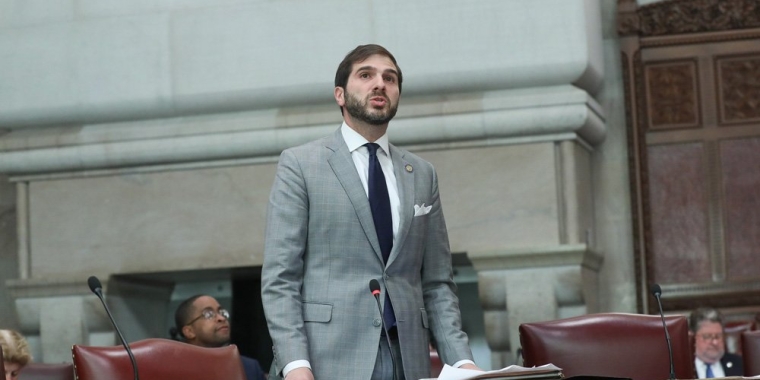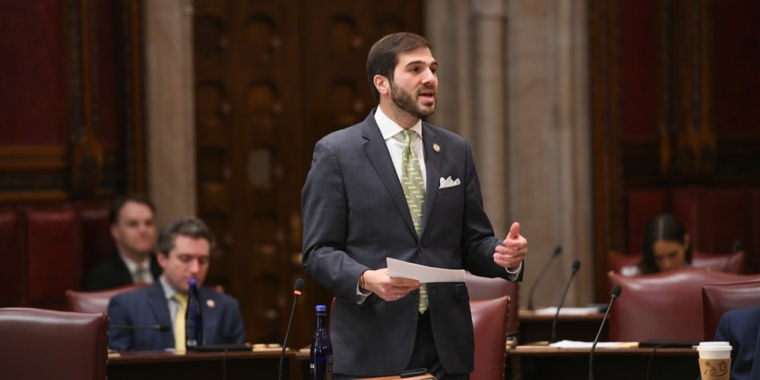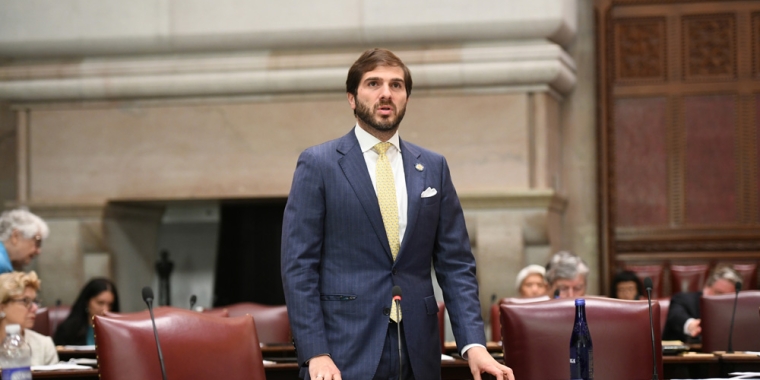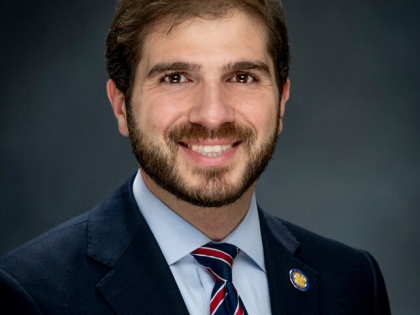
Sen. Gounardes: Jump in New York Poverty Rate Makes Clear the Need for My Working Families Tax Credit
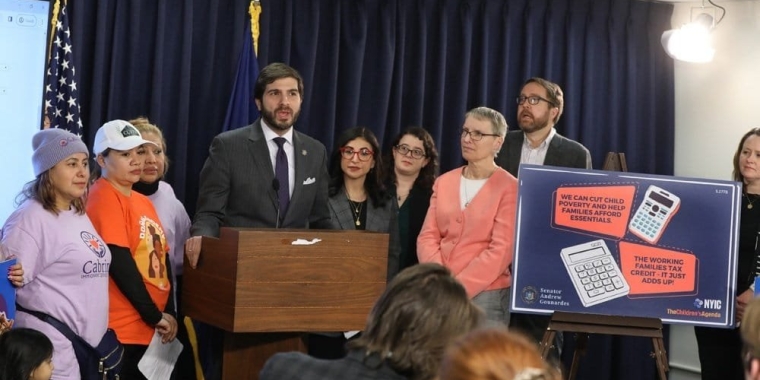
FOR IMMEDIATE RELEASE: SEPTEMBER 10, 2024
New York State Senator Andrew Gounardes released the following statement today in response to new Census data showing New York’s three-year average Supplemental Poverty Measure increased from 11.9% to 12.9%, as well as a new analysis showing an expanded Child Tax Credit could have lifted millions of American children out of poverty:
“This new data makes clear what millions of working families already know: it is way too hard to make ends meet in New York. No child should go to sleep hungry, and no parent should have to worry whether they’ll be able to afford to keep a roof over their child’s head. But right now, that’s the reality millions of families face.
“It doesn’t have to be this way. When the federal government temporarily expanded the federal Child Tax Credit, they transformed millions of lives. The expansion lifted millions of children out of poverty. But Washington dropped the ball and let the expanded credit expire. Since then, we’ve seen the consequences: poverty continues to climb and families continue to suffer.
“Here in New York, we don’t have to wait for Washington to get its act together. My Working Families Tax Credit would expand and streamline existing state tax credits to a maximum of $1,600 per child annually, ensuring families can afford essentials like groceries and clothes. It would also eliminate the phase-in, allowing the lowest-income families to receive the biggest credit, and be paid out quarterly, providing families with consistent payments when they need it most.
“It's time for us to step up and do right by working families. The Working Families Tax Credit does just that.”
Background:
- The Census Bureau measures poverty two ways every year. The official poverty measure is based on cash resources. The supplemental poverty measure (SPM) includes non-cash benefits.
- In last year’s analysis, the Bureau estimated New York’s three-year average SPM (representing 2020-2022) to be 11.9%, or 2,321,000 people. This year, the Bureau estimates New York’s three-year average SPM (representing 2021-2023) at 12.9%, or 2,500,000 people. The three-year average SPM for New York children from 2021-2023 was 13.6%, or 543,000 children. That’s up from the previous three-year average SPM for New York children (representing 2020-2022), which was 13%, or 513,000 children, according to Kids Count.
- At the national level, the child poverty rate fell to a historic low of 5.2% in 2021, due in large part to the substantial—but temporary—expansions to the federal Child Tax Credit under the 2021 American Rescue Plan. In 2022, when the expanded CTC expired, the national child poverty rate more than doubled, from 5.2% to 12.4%—the largest year-over-year increase on record. The national child poverty rate rose further in 2023, to 13.7%.
- According to a new analysis by the Center on Poverty & Social Policy at Columbia University, had an expanded Child Tax Credit—such as the 2023 American Family Act—been in effect in 2023, the national child poverty rate could have instead been 8.6%.
- Compared to current policy, the 2023 American Family Act could have reduced child poverty by 37.1% and kept an additional 3.6 million children out of poverty in 2023. The expanded credit’s effect on poverty remains substantial under an array of potential employment responses.
- Gounardes’ Working Families Tax Credit streamlines and fills gaps in current state tax credits by including minors who are 17 years old and families regardless of citizenship status. It also eliminates the phase-in, allowing the lowest-income families to receive the biggest credit.
- The plan also increases the benefit for all families by raising the maximum credit to $1,600 per child, providing a $100 minimum credit per child regardless of income, eliminating the cap on the number of eligible kids and pinning the credit to inflation. The new credit would be paid out quarterly, providing families with four payments per year instead of just one annual lump sum.
- The Working Families Tax Credit would be “the boldest state proposal” in nearly two decades and “reduce complexity for families,” according to the Niskanen Center.
Press Contact:
Billy Richling
Communications Director
State Senator Andrew Gounardes
billy@senatorgounardes.nyc
###
